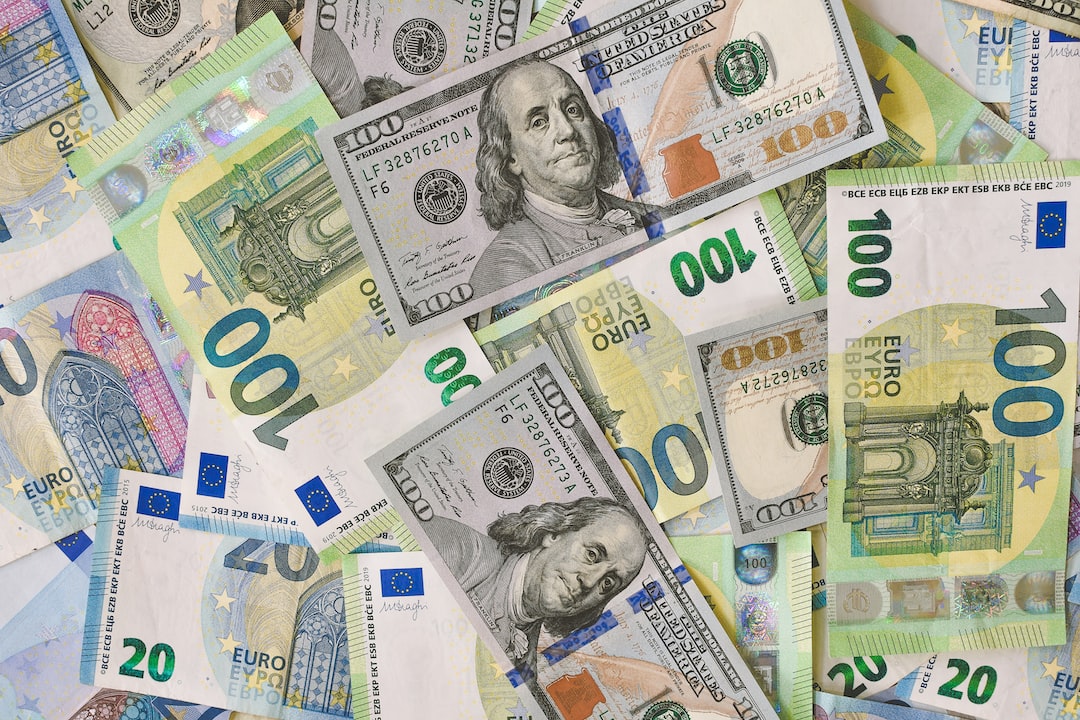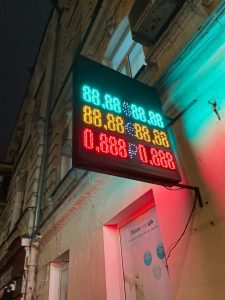When it comes to forex trading, understanding trends is crucial for making informed decisions. But how many days are considered a trend in daily forex? The answer is not a straightforward one, as there are different types of trends and timeframes to consider. In this article, we will explore the concept of trends in forex trading and offer some insights into how many days are considered a trend in daily forex.
What is a trend in forex trading?
A trend in forex trading refers to the general direction of price movement over a certain period of time. It is the most basic concept in technical analysis and is used to identify potential trading opportunities. A trend can be defined as an uptrend, a downtrend, or a sideways trend (also known as a range). An uptrend is characterized by higher highs and higher lows, while a downtrend is characterized by lower highs and lower lows. A sideways trend, on the other hand, is characterized by price moving within a defined range.
Trends can occur on different timeframes, ranging from as short as a minute to as long as several years. Short-term trends are often referred to as intraday trends, while longer-term trends are known as intermediate or long-term trends. Understanding the type of trend and the timeframe it is occurring on is crucial for identifying potential trading opportunities.
How long does a trend last?
The duration of a trend can vary depending on the timeframe being analyzed and the strength of the trend. In general, short-term trends tend to last for a few hours to a few days, while longer-term trends can last for weeks, months, or even years. However, it’s important to note that trends can change direction at any time, so it’s important to always be vigilant and monitor price action for any signs of reversal.
How many days is considered a trend in daily forex?
In daily forex trading, a trend is typically considered to be in place if price has been moving consistently in one direction for at least three days. This is because a trend needs to have a certain degree of momentum and sustainability to be considered valid. However, some traders may use a longer timeframe, such as five or seven days, to confirm a trend.
It’s important to note that the duration of a trend can vary depending on market conditions and the strength of the trend. In some cases, a trend may only last for a few days before reversing, while in other cases, it may continue for several weeks or even months. Therefore, it’s important to always be vigilant and monitor price action for any signs of reversal.
How to identify a trend in forex trading?
Identifying a trend in forex trading is not always easy, but there are a few key indicators that traders can use to help them. The most common method is to use technical analysis, which involves analyzing price charts and identifying patterns and trends. Some of the most popular indicators used for identifying trends include moving averages, trend lines, and the Relative Strength Index (RSI).
Moving averages are a popular tool for identifying trends in forex trading. A moving average is a line that plots the average price of a currency pair over a certain period of time. Traders often use two moving averages, one for a shorter timeframe (such as 50 days) and one for a longer timeframe (such as 200 days). When the shorter moving average crosses above the longer moving average, it is typically seen as a bullish signal, while a cross below is seen as a bearish signal.
Trend lines are another popular tool for identifying trends in forex trading. A trend line is a straight line that connects two or more price points and is used to identify the direction of the trend. When price is moving in an uptrend, traders will draw a trend line connecting the lows, while in a downtrend, they will draw a trend line connecting the highs.
The RSI is a momentum indicator that measures the strength of a trend. It ranges from 0 to 100 and is used to identify overbought and oversold conditions. When the RSI is above 70, it is considered overbought and may indicate that the trend is due for a reversal. When the RSI is below 30, it is considered oversold and may indicate that the trend is due for a reversal.
Conclusion
In conclusion, a trend in forex trading refers to the general direction of price movement over a certain period of time. The duration of a trend can vary depending on the timeframe being analyzed and the strength of the trend. In daily forex trading, a trend is typically considered to be in place if price has been moving consistently in one direction for at least three days. However, it’s important to note that trends can change direction at any time, so it’s important to always be vigilant and monitor price action for any signs of reversal. By using technical analysis tools such as moving averages, trend lines, and the RSI, traders can identify potential trading opportunities and make informed decisions.






